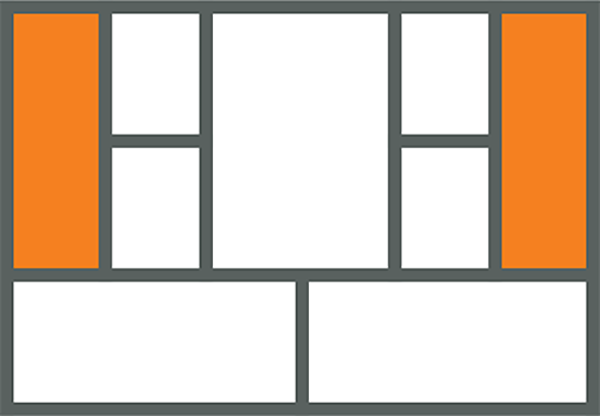The following is an excerpt from my book:
Running Lean
How to Iterate From Plan A to a Plan That Works
Can you imagine Steve Jobs asking you what you would have been willing to pay for an iPad before it launched? Sounds ludicrous, right? Yet, you’ve probably asked a customer for a “ballpark price” at some point.
Well, that’s just backward.
Think about it for a moment.
There is no reasonable economic justification for a customer to offer anything but a lowball figure.
They will either know the real value of your product or downplay it to get a good deal.
-or-
They may honestly not know, and this question only makes them uncomfortable.
It is not your customer’s job to set pricing.
An optimal price is accepted but not without some initial resistance. It is your job to both set that price and convinces the customer. Apple is a master at this. They manage to charge a premium for their products and get people lining up for their products.
Pricing is considered more art than science, but in the next series of posts, I’d like to explore tactics for demystifying how to set and test pricing.
Principle 1: Pricing is Part of the Product
Suppose I place two bottles of water in front of you and tell you that one is $0.50 and the other $2.00. Although you wouldn’t be able to tell them apart in a blind taste test (same enough product), you might be inclined to believe (or at least wonder) whether the more expensive water is of higher quality.
Here, the price can change your perception of the product.
Principle 2: Pricing Determines Your Customers
Pricing doesn’t just define the product but also your customers. Building on the bottled water example, we know there are viable markets at both price points. The bottle you end up picking defines the customer segment you fall in.
Principle 3: Pricing is Relative
In their seminal book on Positioning — The Battle for the Mind, Al Ries and Jack Trout describe the concept of a product ladder which is how customers organize products into a mental hierarchy. Your job is to understand what alternative products occupy the top 3 spots in their mind. These alternatives provide reference price anchors against which your offering will be measured.
Alternatives can be real or extrapolated. In both cases, they help when applying the relativity principle.
Watch how Steve Jobs introduced pricing for the iPad in a brand-new product category:
Steve Jobs skillfully anchors iPads against pundit predictions (who used netbooks for price anchors) and makes the iPad look like a steal.
I’ll discuss how to “pitch” your price in the next post. For today, let's cover how you come up with an initial price to test.
Determining a Starting Price Through Problem Interviews
These principles come heavily into play during problem interviews. Because pricing and product are inseparable, you should not directly bring up the price of your product until you have a clear understanding of what you are building, for who, and know what alternatives already exist.
That is precisely what you set out to learn during problem interviews with potential customers.
Let's see how this plays out in practice. One of my previous products, BoxCloud, was a file-sharing product that simplified the process of transferring large files. Now lots of people could have benefited from the underlying value proposition, but here is a sampling of what I learned from different customer segments:
Consumers
Existing Alternatives: Email, torrents, personal websites
Pain level: Nice-to-have
Price anchor: Free
Graphic Designers
Existing Alternatives: FTP servers
Pain level: Low for them, high for their clients
Price anchor: Value placed on easy setup and simple web-based interface for customers.
Attorneys
Existing Alternatives: Couriers
Pain level: High
Price anchor: $50 per transfer
I got even more varying responses from accountants, medical professionals, architects, photographers, video game designers, etc.
The same product problem and solution combination could be positioned against a dizzying array of customer segments using different channels and price points. I ultimately used two other criteria — customer pain level and ease of reach, to prioritize starting with the graphic designer segment with a $19/month starter plan. I eventually positioned BoxCloud for small-medium-sized businesses and launched a separate sister product a couple of years later to address another segment — amateur/professional photographers.
Pitching and Testing Your Price Through Solution Interviews
Next time, we’ll cover techniques for pitching and testing your price with customers or, better yet, “How to get your customers to want to pay even before building your product”.
P.S.
If you don’t yet have a copy of my book, grab a copy of Running Lean here.
P.P.S.
It’s chock full of lots more actionable tactics like these.
